In a dimly lit studio in Berlin, a group of dancers move with uncanny precision, their bodies swaying to a beat no one can hear. Their hands trace invisible patterns in the air while their feet stomp in perfect unison. What appears at first glance to be contemporary dance reveals itself as something far more extraordinary - a performance choreographed entirely through vibrations felt rather than heard. This is the vanguard of vibration dance, an emerging art form that translates music into tactile experiences for deaf and hard-of-hearing performers.
The technique relies on specialized flooring systems that convert low-frequency sound waves into palpable vibrations. Bass notes become foot-tapping pulses mid-range frequencies translate to chest-thrumming rhythms, and percussion manifests as sharp jolts through the dancers' skeletal structures. Choreographers work closely with sound engineers to "map" musical compositions onto different vibration intensities and locations throughout the performance space. A cello solo might vibrate strongest at stage left while a drum fill energizes the upstage right platform.
Pioneers in the field have discovered that deaf dancers often develop superior sensitivity to vibrational cues compared to hearing individuals. Some report being able to distinguish between instruments based solely on how the vibrations travel through their bodies - the difference between a vibrating woodblock rhythm and a sustained bass note becoming as distinct as colors on a spectrum. This heightened tactile awareness allows for astonishingly complex choreographic possibilities when combined with visual signing elements.
The technology enabling this art form has evolved dramatically from early experiments with subwoofers and wooden platforms. Modern vibration dance floors incorporate hundreds of actuators precisely calibrated to create localized vibration "hot spots." Dancers learn to orient themselves in this invisible landscape of tactile stimuli, developing what some describe as a "vibrational sixth sense." Advanced systems can now simulate the sensation of vibrations moving directionally across the floor or even create the illusion of ascending scales running up a dancer's spine.
Beyond performance art, vibration dance has sparked interest in therapeutic applications. Preliminary studies suggest the practice may help improve balance and spatial awareness for deaf individuals while providing a unique outlet for emotional expression. Some deaf participants report experiencing what they can only describe as "feeling music" for the first time - a profound revelation that challenges conventional understandings of musical perception.
As the form gains recognition, hearing audiences are discovering unexpected dimensions to the performances. Visual elements take on heightened significance when sound is removed from the equation. The flutter of a dancer's fingers might represent a violin's vibrato, while a sudden collective drop to the knees conveys the impact of a bass drop. These performances create a rare cultural space where deaf and hearing audiences can share an aesthetic experience on equal footing - one group receiving the work through ears, the other through skin and bone.
The cultural implications are profound. Vibration dance represents more than accessibility - it's the birth of an entirely new artistic language emerging from deaf experience rather than adapted from hearing traditions. Deaf choreographers are creating works that hearing artists couldn't conceive, leveraging their community's distinct perceptual relationship with vibration and movement. The form challenges fundamental assumptions about dance's reliance on auditory rhythm, suggesting instead that the essence of rhythm may be more deeply rooted in the body's capacity to feel temporal patterns.
Major dance companies have begun commissioning vibration-based works, while universities are establishing research programs to explore the biomechanics of vibrational perception. The field has grown rapidly since its experimental beginnings in the early 2010s, with annual festivals now dedicated to tactile performance arts. Yet practitioners emphasize that the form remains in its infancy, with vast unexplored potential in combining vibration technology with sign language poetry, tactile storytelling, and interdisciplinary performance.
Perhaps most remarkably, vibration dance has begun influencing mainstream choreography. Hearing dancers trained in the technique report bringing a new awareness of physical resonance to traditional performances. Some ballet and contemporary companies now use vibration floors during rehearsals to help dancers internalize rhythm more viscerally. The exchange flows both ways - deaf vibration troupes increasingly incorporate elements from signing cultures and visual vernacular into their work, creating hybrid forms that transcend the hearing/deaf binary.
At its core, this movement represents more than an artistic innovation. It's a profound reimagining of human connection - one that privileges feeling over hearing, that finds universality not in shared soundscapes but in shared physicality. As one deaf dancer expressed through an interpreter: "You hear the music. We become the music. Maybe now you can understand how we've experienced rhythm all along." In studios worldwide, bodies are learning to listen in a new way, and what they're hearing - or rather, feeling - is changing dance forever.
The next frontier? Some visionaries imagine vibration suits that could make entire symphonies tactile or portable systems that would let deaf clubgoers feel DJ sets. Others speculate about vibrational "duets" between deaf and hearing partners, where sound and touch become interchangeable mediums for rhythmic connection. Whatever the future holds, vibration dance has already accomplished something revolutionary - it hasn't just made dance accessible to the deaf community. It has revealed that deaf dancers were never missing the music at all. They were simply waiting for the world to learn their language.

By /Jul 23, 2025

By /Jul 23, 2025
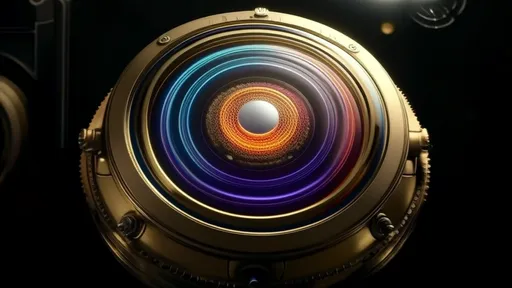
By /Jul 23, 2025

By /Jul 23, 2025

By /Jul 23, 2025

By /Jul 23, 2025
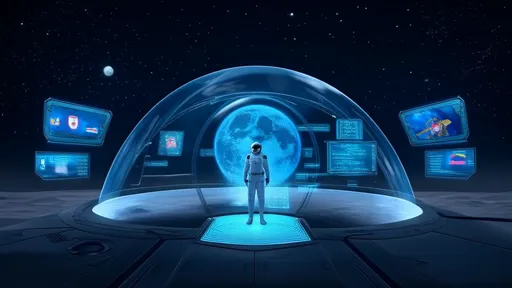
By /Jul 23, 2025

By /Jul 23, 2025
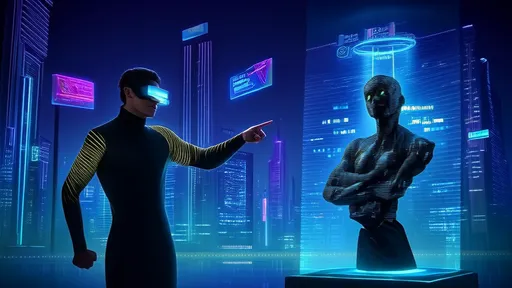
By /Jul 23, 2025

By /Jul 23, 2025
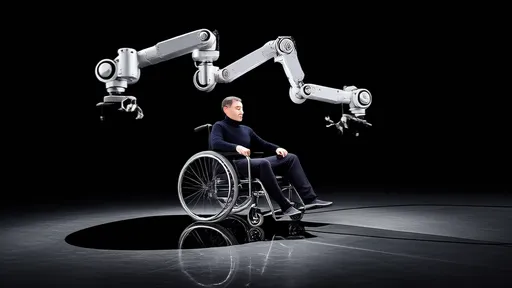
By /Jul 23, 2025
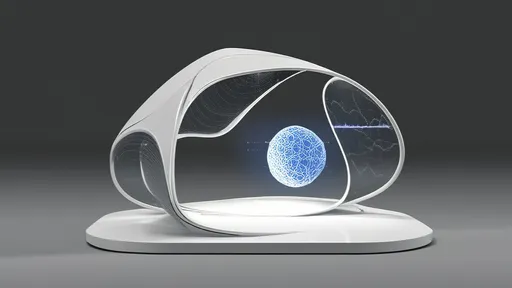
By /Jul 23, 2025

By /Jul 23, 2025
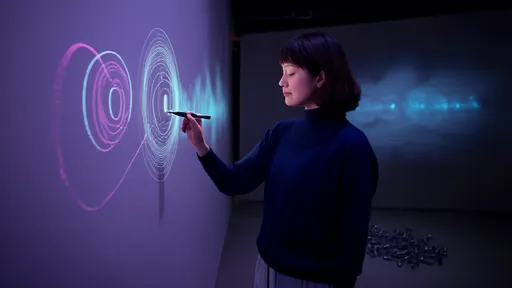
By /Jul 23, 2025
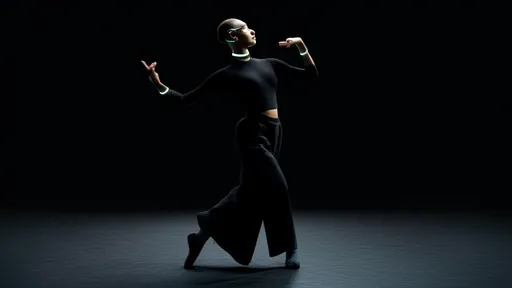
By /Jul 23, 2025
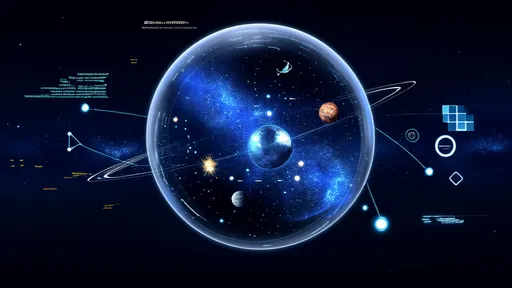
By /Jul 23, 2025
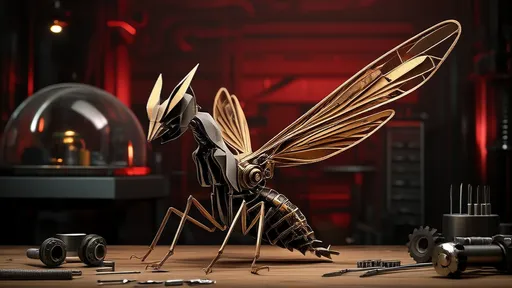
By /Jul 23, 2025
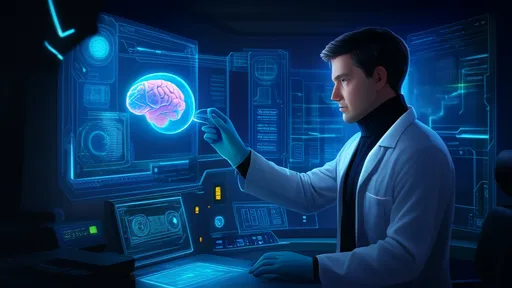
By /Jul 23, 2025